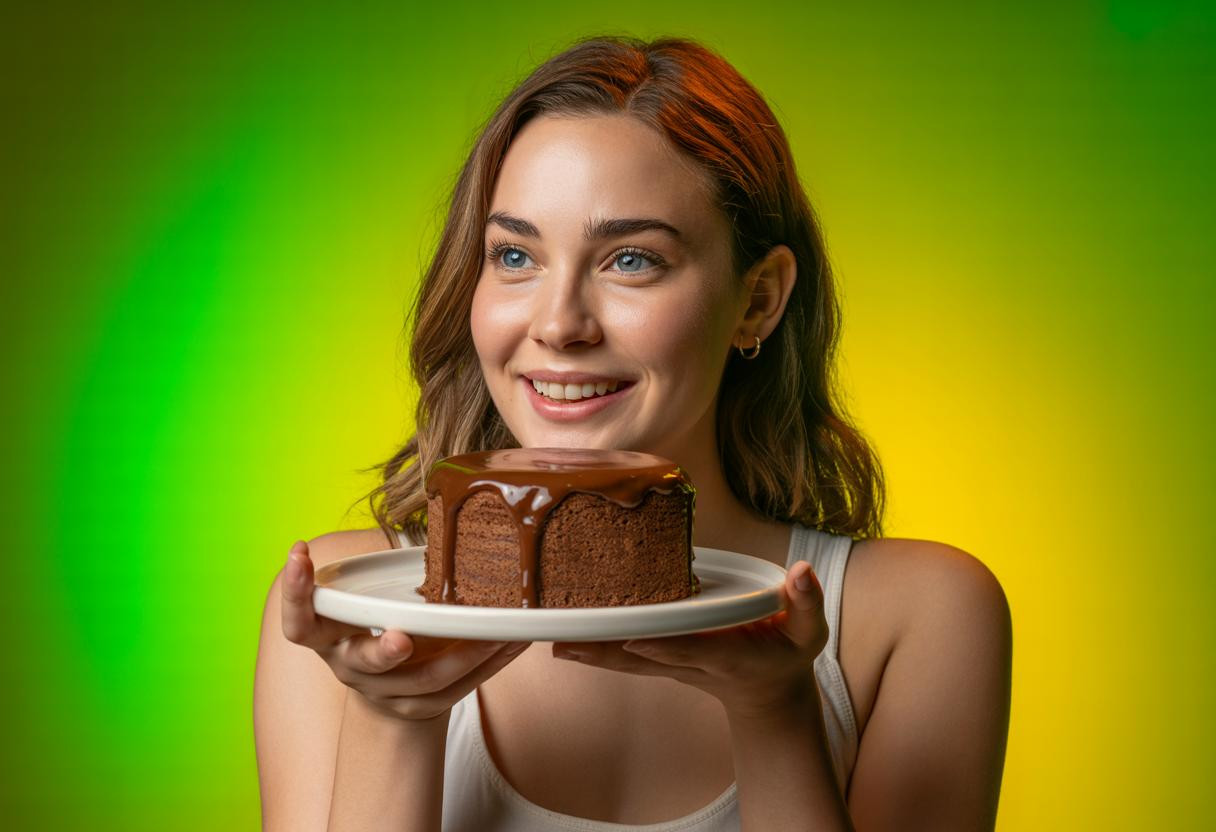The moment you see a molten chocolate cake oozing its liquid center, you’re instantly transported back to 1995 when ordering this dessert felt like unlocking a culinary secret. But here’s what researchers have discovered: these 10 iconic 90s desserts weren’t just sweet treats—they were psychological comfort anchors that shaped an entire generation’s relationship with food, stress relief, and social connection.
How 90s desserts became emotional time capsules
The decade that gave us dial-up internet and boy bands also revolutionized how we experienced desserts. Unlike the 70s desserts that reflected women’s changing roles, 90s sweets embodied pure escapism and interactive fun.
Molten chocolate cake epitomized this shift—transforming from French chef Michel Bras’s 1981 creation into America’s most coveted restaurant finale. By 1995, Jean-Georges Vongerichten had perfected the timing that made hearts race with anticipation.
Meanwhile, Cosmic Brownies captured the era’s neon-obsessed culture, their rainbow sprinkles mimicking cosmic bowling alley lights. Little Debbie sold over 200 million packages annually by 1999, proving that childhood joy could be mass-produced.
The surprising psychology behind our 90s dessert obsession
Interactive treats triggered dopamine differently
Gushers and Ring Pops weren’t just candy—they were edible entertainment systems. Betty Crocker’s 1991 launch of Gushers capitalized on children’s need for sensory surprise, while Ring Pops transformed eating into self-expression.
Food psychologists now understand that these multi-sensory experiences created stronger memory encoding than traditional sweets. The act of biting into a Gusher and feeling the liquid burst activated multiple brain regions simultaneously.
Convenience culture met comfort food
Bagel Bites and Pop-Tarts represented more than quick snacks—they symbolized independence for latchkey kids. The ability to create a “meal” without adult supervision fostered confidence and autonomy.
Interestingly, studies show that foods associated with stress relief and comfort during childhood continue providing emotional regulation into adulthood, explaining why 40-year-olds still crave these specific flavors during difficult times.
What modern science reveals about 90s dessert ingredients
The decade’s most beloved treats shared three key characteristics: immediate gratification, bold flavors, and social shareability. Viennetta’s layered presentation made it party-worthy, while Airheads’ portable format enabled playground trading.
However, the era’s embrace of artificial colors and preservatives now seems antiquated. SnackWell’s “fat-free” cookies, launched in 1992, exemplified the decade’s misguided approach to health—removing fat while adding sugar and chemicals.
Today’s food scientists recognize that processed foods with artificial additives pose health risks that weren’t fully understood in the 90s, leading to reformulated versions of classic treats.
How to recreate 90s magic with modern wisdom
Upgrade classic recipes with better ingredients
Make homemade Cosmic Brownies using organic cocoa and natural food coloring. The nostalgia remains intact while eliminating artificial preservatives that concerned modern parents.
Focus on the experience, not just taste
Create DIY Gushers using silicone molds and real fruit purees. The surprise element that made the original addictive can be preserved while improving nutritional value.
Embrace social connection
Host 90s dessert parties featuring Dunkaroos dip stations and retro fruit pizzas. Social eating experiences create stronger memories than solitary consumption, explaining why group treats like shared Viennetta felt so special.
Why 90s desserts still matter in 2025
These treats succeeded because they understood something fundamental about human psychology: food is emotional storytelling. Each bite of a Ring Pop or spoonful of molten cake wasn’t just dessert—it was a moment of transformation, surprise, or connection.
As we navigate an increasingly complex world, the simple joy of a perfectly timed chocolate explosion or rainbow-sprinkled brownie reminds us that happiness sometimes comes in the smallest, sweetest packages. The 90s taught us that dessert should be an experience, not just a meal’s ending.
